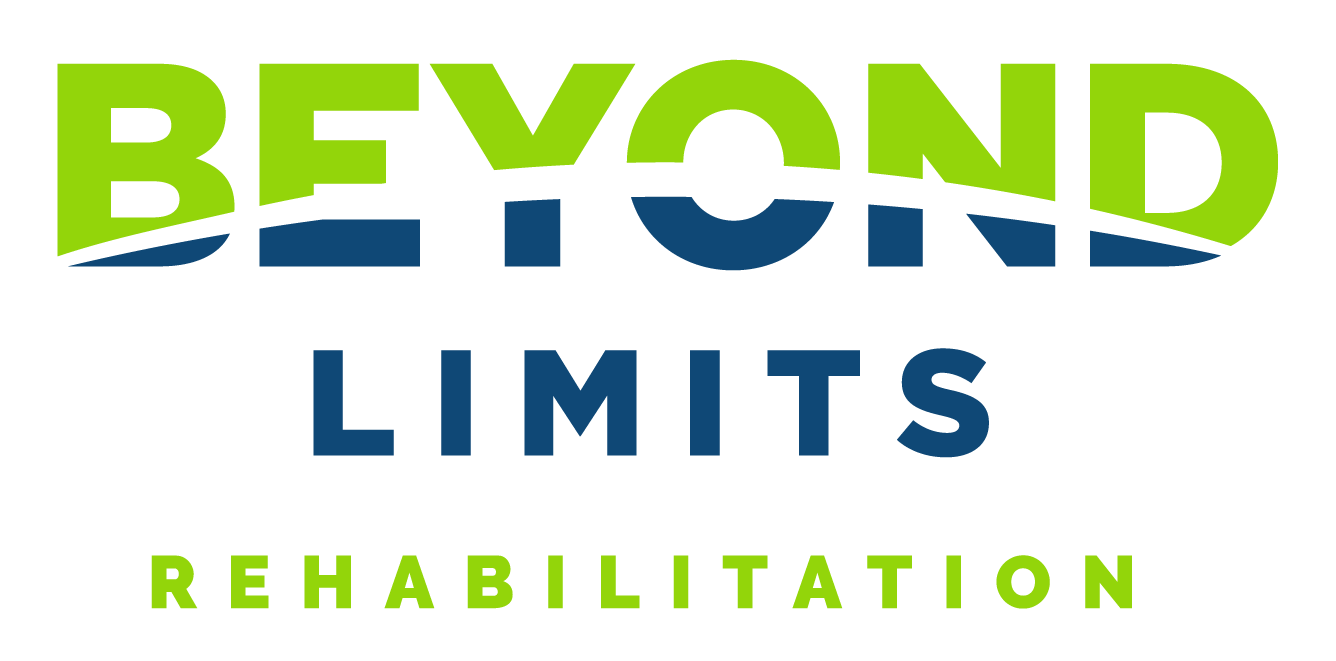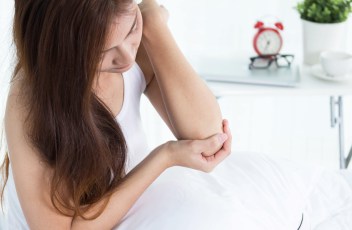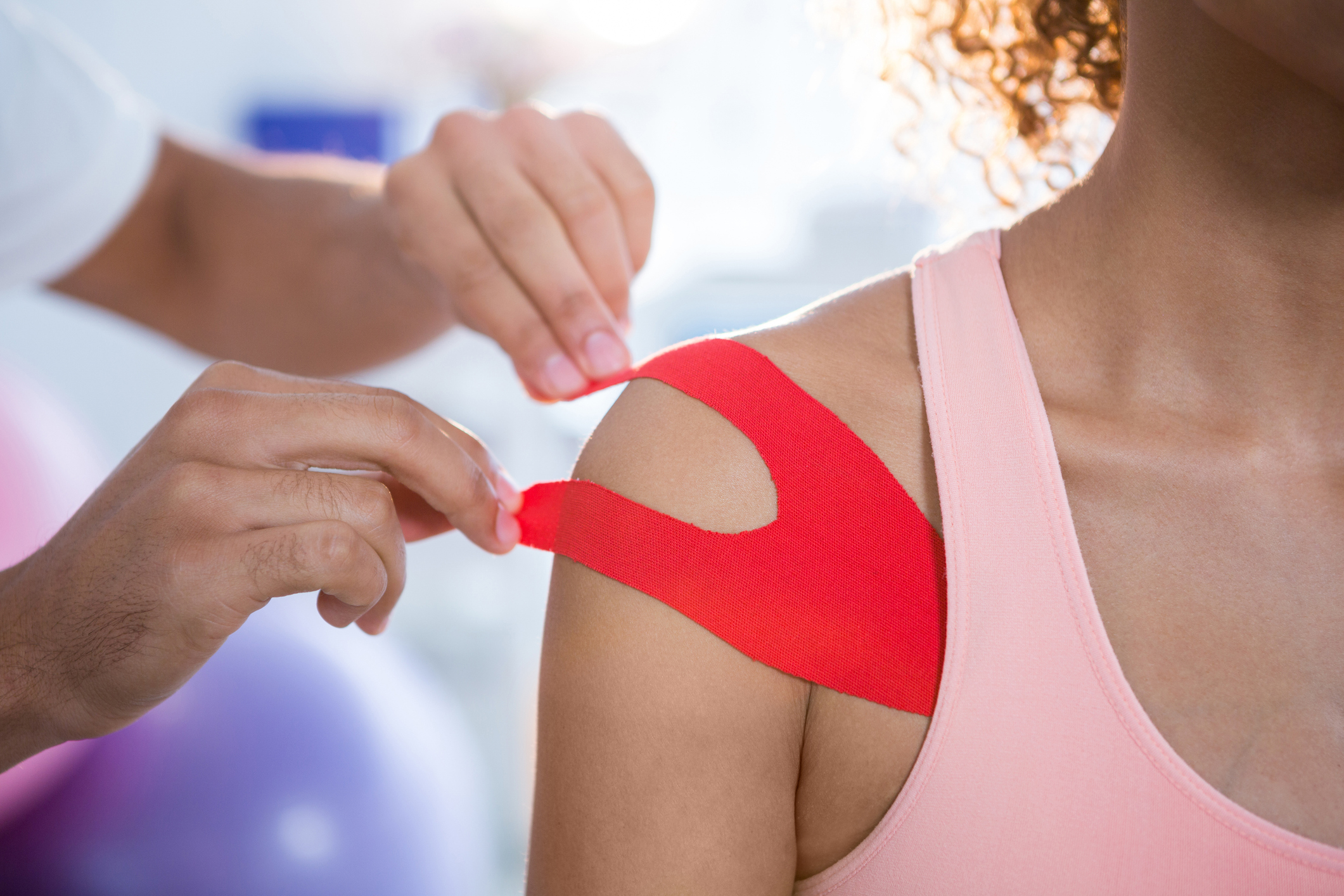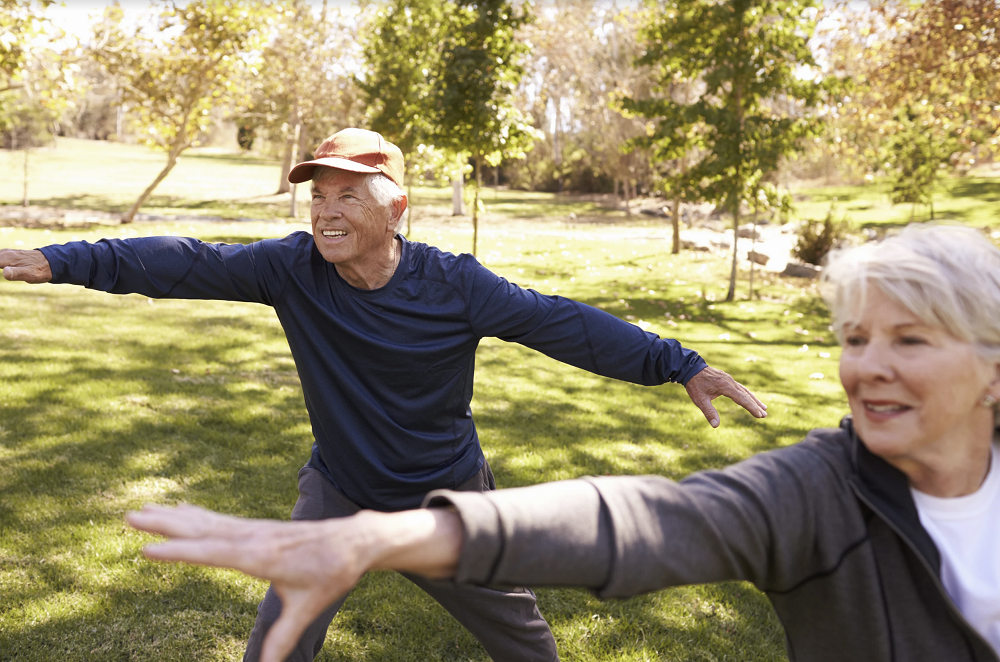Are you getting sore after your workouts? This may be something called DOMS, or delayed onset muscle soreness.
DOMS typically appears 12-24 hours after a workout. Symptoms can include tight muscles, pain with stretching, muscle fatigue, weakness, and reduced range of motion. (Numbness, tingling, sharp pain, or muscle spasms are not symptoms associated with DOMS and should be further evaluated by your therapist.)
Increasing your exercise intensity, performing new movements, and eccentric exercises (keeping a muscle under tension while lengthening it — like lowering a weight during a biceps curl) can all lead to DOMS. It can affect high-level athletes as well as new exercisers and everyone in between. While some individuals may experience it following high-intensity exercises, it could happen to anyone with a change to their workout routine.
Resistance training and high-intensity cardiovascular exercise can cause tiny microtears in the muscles. Some researchers believe it may also lead to microtears in the muscle fascia, the thin connective tissue that surrounds muscle tissue. Those microtears can lead to increased inflammation as well as a pain response.
“No pain, no gain” is a phrase we hear often in the physical therapy world as well as in the fitness community. While post-workout soreness can make you feel like you’re achieving a better result, it’s not a necessity in order to have an effective exercise session. If you’re consistently overdoing your workouts, you may be sacrificing consistency with your exercise routine and sabotaging your results. DOMS can also cause a temporary decrease in strength, which could put you at an increased risk for injuries.
So how can you avoid DOMS? Increase your resistance, intensity, and time with exercises slowly over time. Watch for extreme muscle fatigue during your workouts and monitor how you feel during and after your workout to avoid overdoing it in the future. Performing a proper warmup and cool down (5-10 min each with gentle stretching post-workout), and staying hydrated can also help decrease your chance of experiencing DOMS.
It’s still important to know how to treat DOMS, since it can affect anyone who exercises. Here are a few things you can try:
- *Gentle exercise, like stretching, low-intensity yoga, and walking while the soreness persists
- *Topical analgesics
- *Cold therapy – in the form of a cold bath, shower, or ice pack
- *Heat therapy – such as a warm bath, shower, or hot pack
- *Massage and foam rolling
Should you see a doctor about DOMS? Not necessarily, unless your soreness is keeping you from doing your regular daily activities for days on end. However, you should get immediate medical attention if you have symptoms like abnormally dark urine, severe swelling in your arms and legs, and/or debilitating pain




